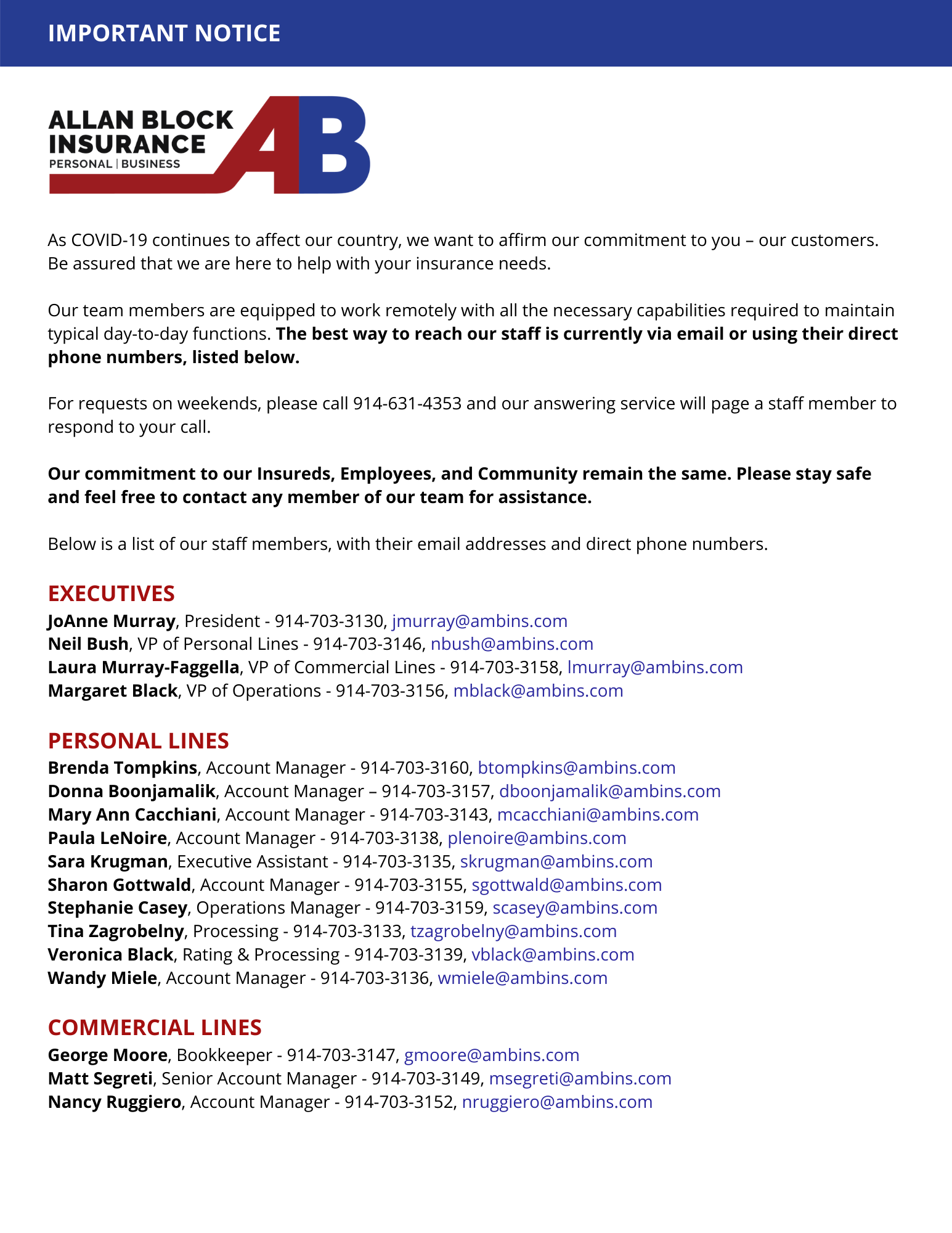People who are making repairs or upgrades to a home that’s in a designated flood zone have to be careful about how much they spend to avoid being forced to bring the building’s structure into compliance with flood damage-prevention regulations.
National Flood Insurance Program (NFIP) rules prohibit improvements to a structure that exceed 50% of its market value unless the owner brings the entire structure into full compliance with current flood regulations, or the home can’t be insured.
That means that the property owner would have to shore up the home using different methods, such as elevating the structure, using flood-resistant materials and ensuring proper flood venting.
The rules require all communities and municipalities whose residents need access to NFIP coverage to adopt and enforce the program’s rules.
What to know
The 50% rule applies to homes and other structures where the lowest floor is below the 100-year-flood elevation. In residential properties, only parking, building access and limited, incidental storage is allowed below the flood level.
The rule applies to both repair work performed after a flooding incident or when a property owner decides to upgrade their home.
When pulling permits for work on the home, the home’s value will need to be assessed by local officials responsible for floodplain management.
The 50% rule only looks at the market value of the structure and improvements on the property, and not the land value, in calculating the value. Most local jurisdictions use the property appraiser’s value, but do allow the owner to obtain their own appraisal to determine the value of the structure and improvements.
Some costs typically do not count towards the 50% rule value, such as plans, specifications, surveys, building permits, driveways, pools, seawalls and other items that are not considered a permanent part of the structure.
If you live in a home that’s a designated historical structure, repairs, rehabilitation or addition constituting substantial improvement may be exempt, but you would need to receive approval from your local jurisdiction’s office that deals with historical buildings.
The easiest way to know the substantial-improvement cost limit is to search for the property at your local appraiser’s website, look for the building value and multiply it by 50%.
Also, maintenance projects of any type are logged toward the 50% rule:
- If your municipality requires a permit for the maintenance work, you’ll have to include the repair improvement costs on the permit.
- If a permit is not required, you would likely still be required to submit a repair cost form so that the municipality can track cumulative improvement to your home as it relates to the 50% rule.
Keep in mind that the rule does not apply to just one job. Cumulative improvements and repairs that eventually add up to more than 50% of the home’s value are also subject to the rule, or you would lose flood coverage.
Bringing a home up to flood-prevention code
Bringing an existing home up to code for flood prevention could add significantly to the costs. There are only a few options, including:
Raising the floor height — To comply with flood-prevention code, a home must be at least one foot above the base flood elevation (BFE).
Elevating a structure a few inches may be feasible within a budget, but would usually result in lower ceiling heights in the home. And if you need to elevate you home more than 6 inches, it will significantly increase the cost of the project.
In those cases, it may be more feasible to just knock the home down and build a new one.
Installing flood-resistant materials — All construction below the BFE is susceptible to flooding and must consist of flood damage-resistant building materials.
Building flood vents — Flood vents protect homes during floods by preventing hydrostatic pressure buildup that can destroy walls and foundations by allowing floodwater to freely flow through an enclosure such as a crawlspace or garage.



